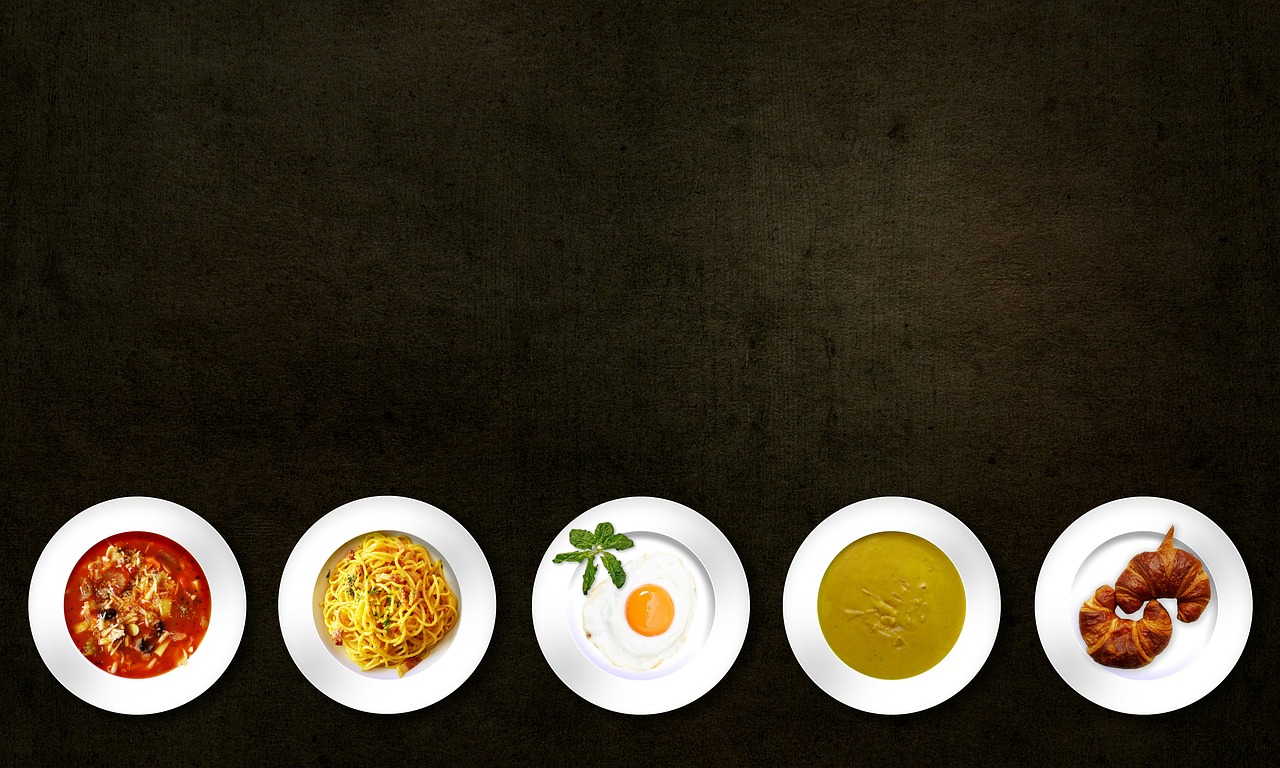Food allergies are something that chefs take very seriously. One simple cross-contamination instance could result in a horrific situation. Knowing how to work around food allergies may not be the easiest thing for those who don’t work in a kitchen professionally, but it is beneficial to learn about them for use in your own kitchen. It is possible that certain diets, like keto diets, contain allergens that could harm people, which is why it is imperative to understand food allergies when serving food. For those who utilize a meal delivery service or a personal chef to prepare their meals, one of the first things that you usually do is inform them of any food allergies that you or your guests have. From there, they can design a menu that removes the allergen from their dishes. This article will discuss how food allergies can be worked around when cooking in your own kitchen.
Keep It Out Of The Kitchen
The easiest way to limit exposure to food allergens is to keep them out of the kitchen entirely when you’re cooking. For example, if someone in your family has a peanut allergy, then you should ensure that any and all peanuts–and food containing peanuts–are kept far from the area that you’re preparing food. Perhaps you have a cabinet that houses the foods containing allergen ingredients. That cupboard should only store those items and remain closed when cooking for the person with a food allergy. The best thing that you can do is exclude the allergen from everyone’s diet to avoid it being present in the home altogether. However, at the very least, it should be kept separate in its own cupboard in the kitchen.
Change Tools
When cooking, you might not think twice about wiping off a knife in order to use it again. It saves on tools and washing. However, a simple wipe of the knife likely didn’t remove all of the allergens potentially hiding on the blade. Instead of just wiping off tools, you should place them in the washer to be cleaned and utilize a new tool each time you need to use it for a new purpose. For example, instead of wiping off a knife that was previously covered in peanut butter and using it for the jelly, you should place the knife in the washer, then use a new knife to spread the jelly.
Utilize Substitutes
Luckily, there are plenty of substitutes that you can use in place of the allergic food. For those who have a milk allergy or experience lactose intolerance, you can substitute dairy milk with milk that is based on peas, almonds, and soy. There are plenty of other non-dairy alternatives for milk, too. There are also plant-based meals that are usually free of allergens that can be great dishes for everyone, especially those interested in adopting a healthier lifestyle.
For those who are allergic to eggs, there are also replacements that you can utilize. Bob’s Red Mill Egg Replacer and Ener-G’s Egg Replacer are both excellent substitutes that use other ingredients to perform the role that egg typically does in cooking.
Peanut butter is a notorious allergen for kids and adults alike. There are many meal and snack ideas that avoid these common allergen foods, or you can replace peanut butter with Sunbutter. This substitute is made from sunflower seeds. You can also find other replacements by using pumpkin seeds and soy butter.
